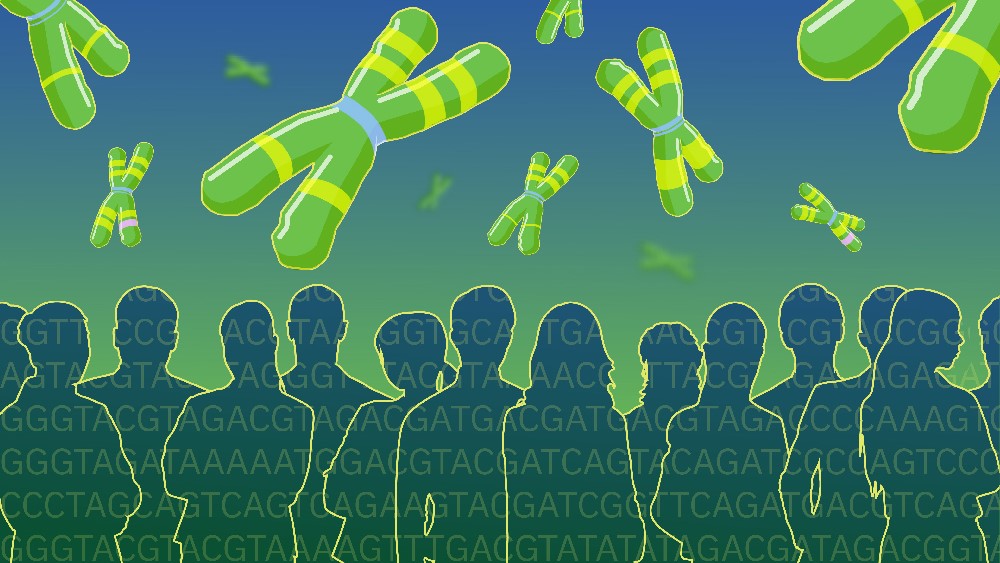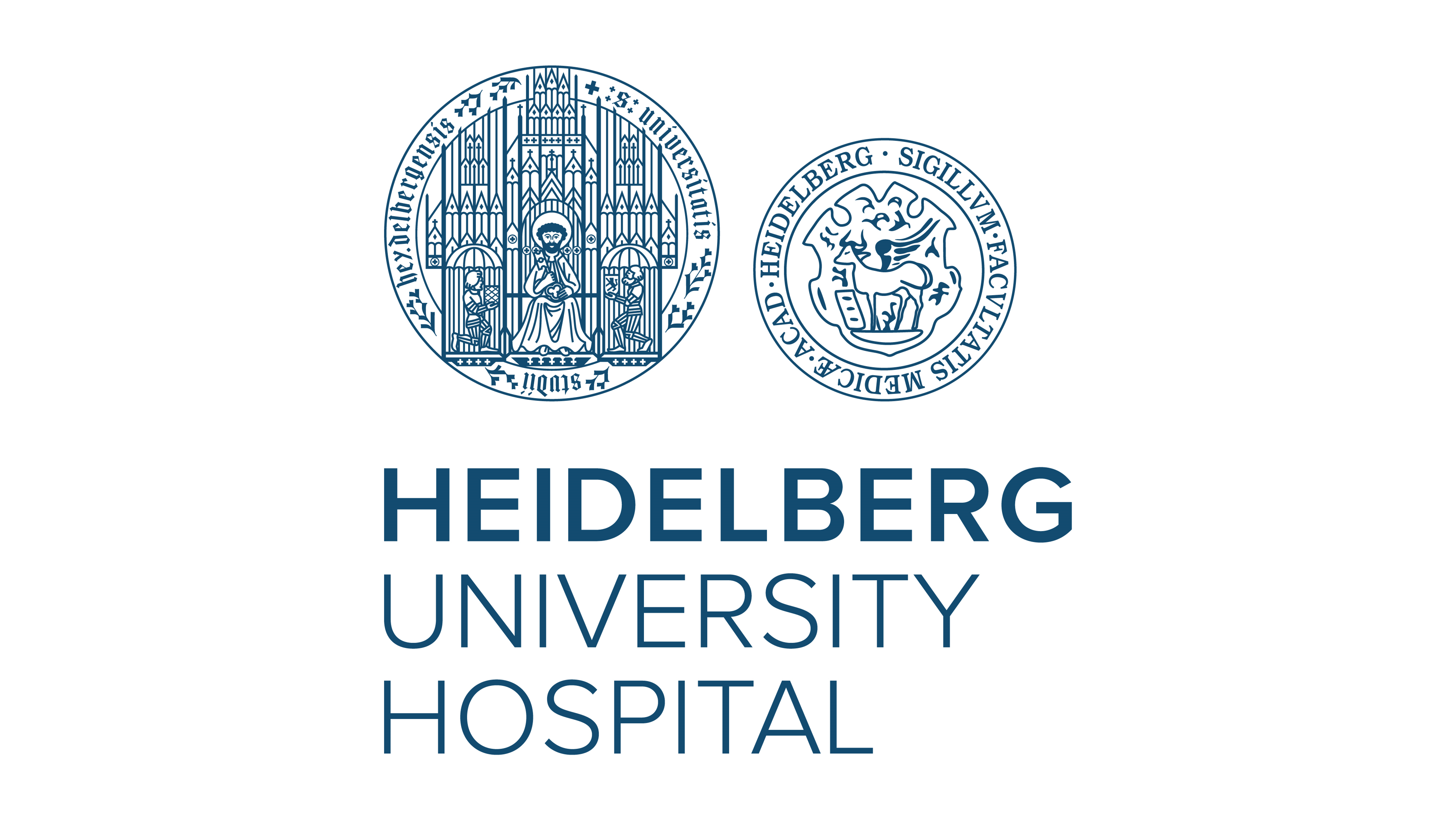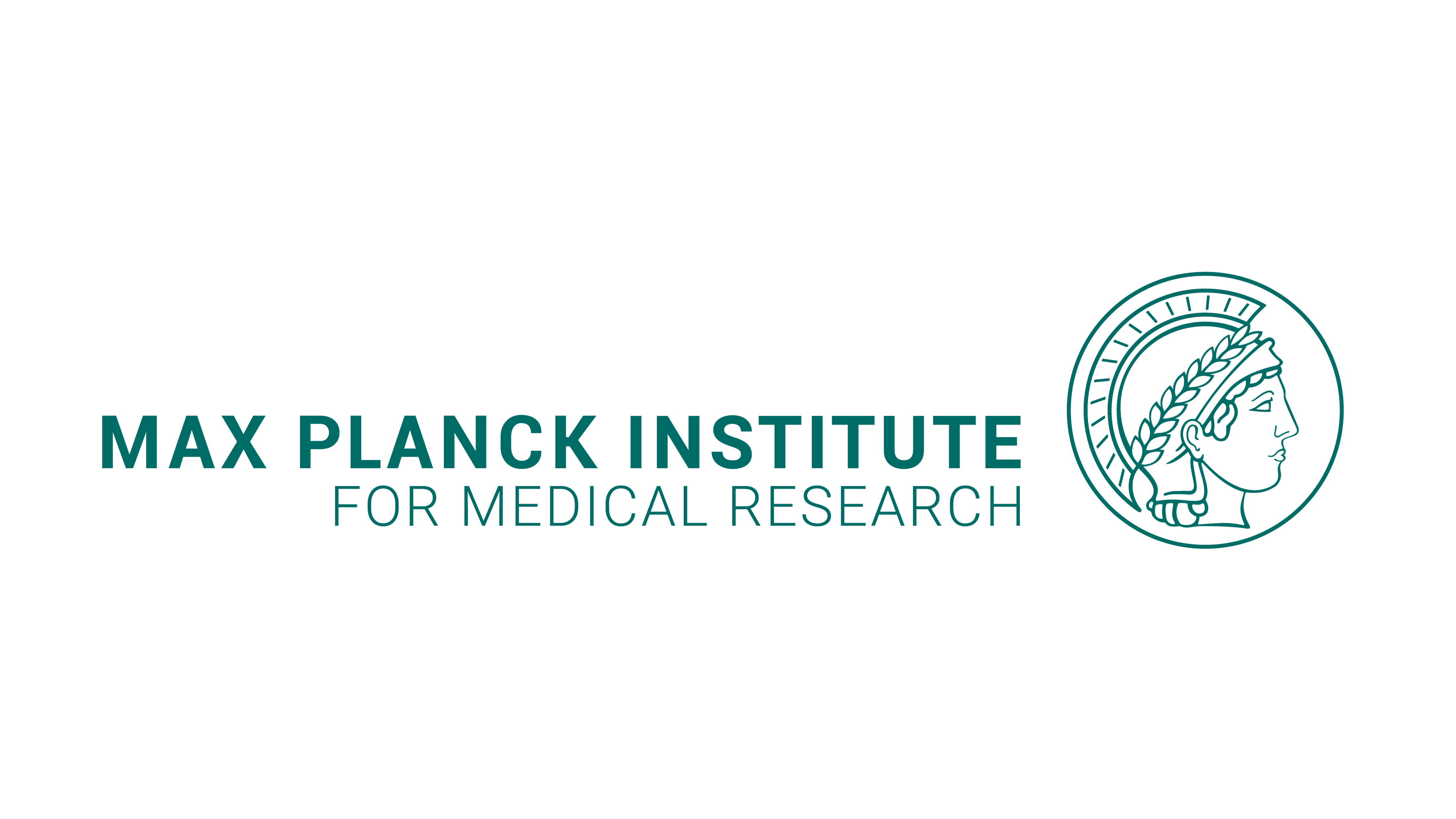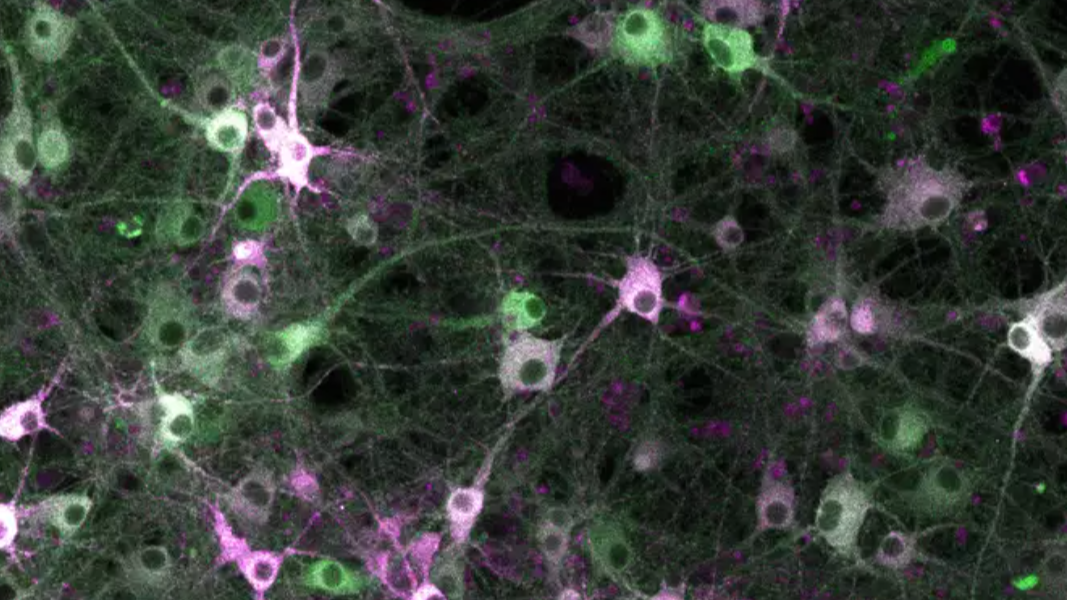
Research

A research team led by the German Cancer Research Center (DKFZ) and the Luxembourg Institute of Health has found a key mechanism that weakens the immune system in chronic lymphocytic leukemia (CLL). The scientists were able to show that the protein galectin-9 plays a key role in blocking the function of T cells, which are […]
read more
Beyond 1000 genomes: going deeper and wider
Ten years after the end of the 1000 Genomes Project, brand new insights emerge from its sample set, providing a more complete view of human genetic variation than ever before Summary Completed in 2003, the Human Genome Project gave us the first sequence of the human genome, albeit based on DNA from a small handful […]
read more
The origin of evil: stem cell-like cells are the reason for relapses of blood cancer in children and adolescents
Stem cell-like leukemia cells are responsible for relapses in children and adolescents with a certain type of blood cancer, T-ALL. Researchers at the Hopp Children’s Cancer Center Heidelberg (KiTZ), the Molecular Medicine Partnership Unit (MMPU) – an inter-institutional partnership between the European Molecular Biology Laboratory (EMBL) and the Medical Faculty of Heidelberg University – and […]
read more
Colorectal cancer in type 2 diabetes: An insightful look into the microenvironment of tumors
Diabetics have a higher risk of colorectal cancer and often a poorer prognosis after developing the disease. The biological mechanisms behind this association were largely unknown. A research team at the German Cancer Research Center (DKFZ) has now discovered that tumors with a low number of immune cells appear to be particularly susceptible to the […]
read more
Faster sepsis diagnosis through hyperspectral imaging and AI
Sepsis is one of the most dangerous medical emergencies. The condition is the result of a misdirected immune response to an infection, which can quickly lead to organ failure and death. Every hour counts – but early detection is difficult in clinical practice. A new study from Heidelberg now presents an innovative approach: artificial intelligence […]
read more
Reliable classification of brain tumors despite small amounts of tissue or limited time
Scientists at Heidelberg University’s Faculty of Medicine have developed new analysis methods for special challenges in tumor diagnostics: One provides important information for the classification of tumors within the limited time frame of brain surgery. The other could use artificial intelligence to improve the accuracy of classification when only a small amount of tumor material […]
read more
Faster and brighter protein labeling with new tool SNAP-tag2
The protein SNAP-tag is a powerful tool for labeling proteins with synthetic fluorophores for bioimaging. Scientists at the Max Planck Institute for Medical Research in Heidelberg have engineered a much improved version named SNAP-tag2 as well as optimized substrates for faster labeling in live cells. The protein SNAP-tag is a powerful tool for labeling proteins […]
read more
How a Tiny Gene Ensures the Survival of Male Birds
Researchers from Heidelberg and Edinburgh identify a mechanism that balances the genetic disparity between sex chromosomes Birds have developed a unique evolutionary solution to ensure the survival of males – a powerful microRNA. This tiny gene allows male embryos to survive despite a genetic imbalance between the sexes by balancing the activity of the sex […]
read more
Investigating kinase activity in living cells
Scientists build molecular recording tool The ability of protein kinases to transfer a phosphate group to target proteins plays an important role in many cellular processes. Scientists at the Max Planck Institute for Medical Research in Heidelberg have now developed a novel molecular tool that can monitor these kinase activities both spatially and temporally. This […]
read more
